Blue Chalcedony Partially Filled with Epoxy Resin
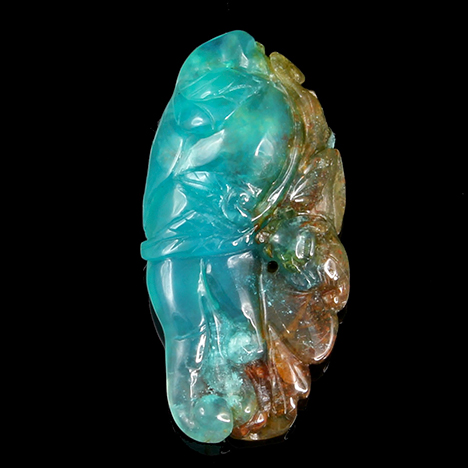
Blue chalcedony is one of Taiwan’s most famous stones; there, high-quality blue chalcedony is sometimes prized as much as jadeite jade. Compared with production from sources such as the United States, Indonesia, Peru, Mexico, and Chile, chalcedony from DuLan Mountain in Taitung, in southeast Taiwan, reveals fine texture and a saturated blue color. Locals and tourists collect the stone as it symbolizes the national spirit, and its value seems to rise year after year.
Local merchants often sell blue chalcedony under the name “Taiwanese blue sapphire,” leading to confusion among consumers who believe they are purchasing sapphire. Imitations and treatments are also of concern in the market, with blue opal the most likely imitation to confuse would-be purchasers at first glance. Dyed quartzite and dyed chalcedony also rank among the more common imitations encountered.
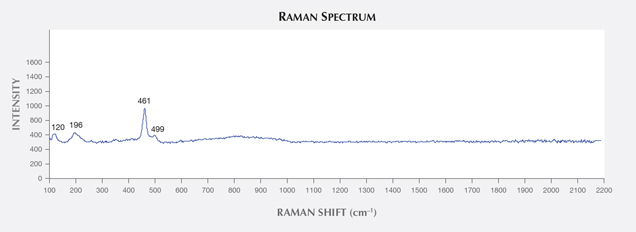
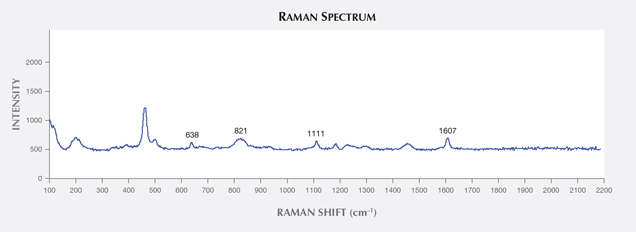
The Lai Tai-An Gem Lab in Taipei recently received for identification an 18.43 ct carving measuring 31.7 × 15.7 × 7.6 mm (figure 1). The client claimed the uneven blue and brown translucent item was blue chalcedony. The spot RI of 1.53, SG of 2.55, and FTIR results were consistent with published values for blue chalcedony. Raman peaks at 120, 196, 461, and 499 cm–1 (figure 2) confirmed the identity but displayed additional peaks not related to blue chalcedony (figure 3). Examination with a gemological microscope at 40× magnification, which was increased in increments up to 60×, revealed a structure consistent with blue chalcedony but also explained the source of the suspicious Raman peaks: numerous clear bubbles of different sizes at the border of the blue- and brown-colored areas, as seen in figures 4 and 5. The evidence pointed to an epoxy resin as the foreign material; a moderate blue reaction under long-wave UV seemed to confirm a partially filled portion on the carving. Additional Raman analysis on the area in question showed peaks at 638, 821, 1111, and 1607 cm–1 (again, see figure 3), as expected for epoxy resin.
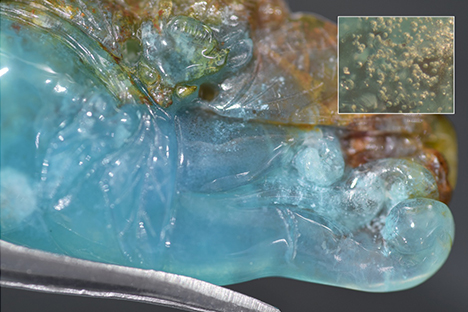
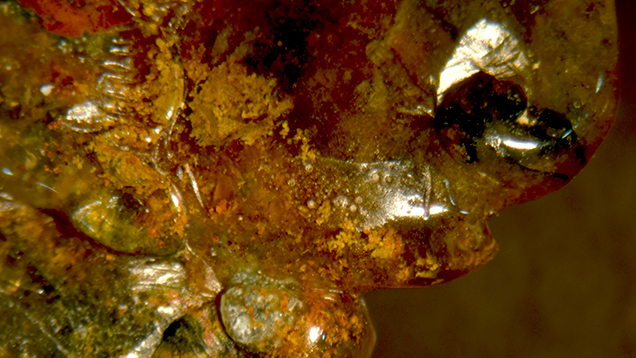
In our experience, blue chalcedony is seldom treated, and such treatment is usually applied to repair or conceal cavities or fractures. Even when a filling is only partial, as in this example, traders should disclose any treatments to their clients.



